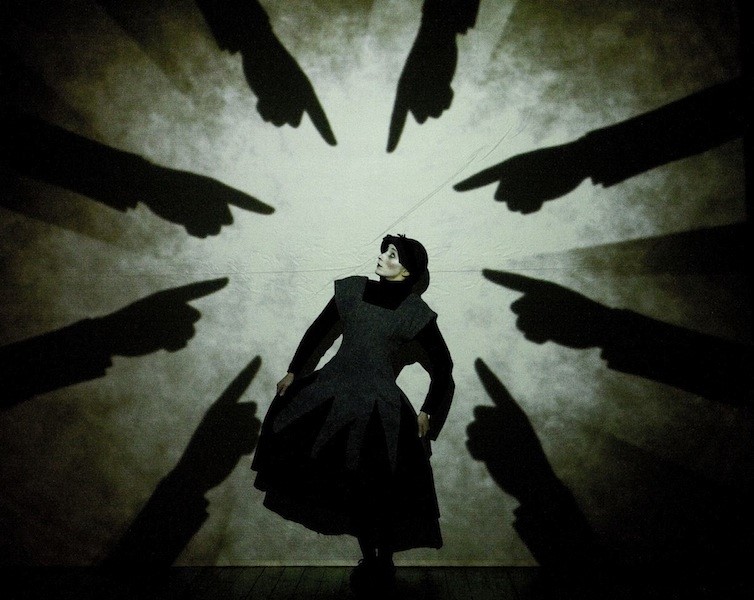It's a clever mix of animation, vignettes, mime, live music and story-telling which makes 1927 one of the most appealing and unique theatre companies of the moment...
It's the clever mix of animation, vignettes, mime, live music, illustration, graphics and story-telling which makes 1927 one of the most appealing and unique theatre companies of the moment. Since their success at the Edinburgh Fringe in 2007, the company, founded by theatremaker Suzanne Andrade and animator Paul Barritt have attracted a loyal international following with their shows The Animals and Children took to the Streets and Between the Devil and the Deep Blue Sea. Here Another speaks to co-founder Barritt about ideas and inspirations, their working process and directorial style.
How long ago did you set up the company?
Sue and I started working together about seven years ago. It was a much more experimental project. We did a little show up in Edinborough. It was just me making films to Sue performing. It was more in the line with performance poetry or art I suppose. Our first show developed out of that.
How do you work? What comes first in the devising process, the overall aesthetic, script, narrative or something else?
It’s been different for each show. For The Devil and the Deep Blue Sea for example, the material came from Susan’s poems. Our aesthetic ideas were quite alike anyway, I was making these weird film animations, we put all of that together and it became The Devil. It just made itself from things we like. The Animals was a much more difficult process, we had lots of aesthetic ideas, constructivism, things like that. We made so much we had to loose some; it was a two year battle, but thankfully it’s become a massive success.
"The whole economy of movement is paramount to our directorial style. It is influenced utterly by the animation – more like puppetry or dance or animation than acting"
Has it changed much since you started performances?
We did our 200th show at the end of last year, and things have changed. I would never suggest change in a performance but just tweaking it into perfection really. It would be endless to start making big changes. That was one of the good things with the opera we just made, I think we made it as good as it could possibly be.
What were your main inspirations for ‘The Animals...’?
It was a whole mish-mash of stuff, that’s the point, that it can be. It’s not supposed to be retro. We might be borrowing old things, but it’s about sublimating old things into something new. Moving out of what is just theatre, and merging it. It’s so important for us that it’s not just film, as well as not just being theatre. Having a live performance within a film environment is something that hasn’t really existed since the time of the silent era and was part of the fairground experience. The idea of introducing live elements back into cinema is really what we’re doing. It’s much closer to that than making a piece of theatre. Sue’s always been against traditional theatre practice. Our original work was so still, just Sue delivering some deadpan monologues to some really strange films! The whole economy of movement is paramount to our directorial style. It is influenced utterly by the animation – more like puppetry or dance or animation than acting.
If you could design your ideal show what would it look like?
Our ideal show is going to look like the next 1927 show! It’s going to be the show we really wanted to make, but didn’t make with The Animals. I couldn’t ever say exactly what an ideal show would look like, even when I sit down to do a drawing I have the ideal of what it’s going to look like. But the entire process between mental image and manipulating the object is completely transformative. We have all these idealised ideas about what it will be. Our idealist view of this new show is using a lot more object animation, setting up a gloomy, pathologically disfunctional place, with quite a lot of science fiction influence, quite grimy and dirty with a lot of stop frame object animation. I can visualise what it’ll look like but I’m sure it will come out quite different.
The Animals and Children Took To the Streets is touring the UK from 7 February in Oxford.
Text by Emily Steer
